CSX’s train accident and personal injury rates both rose last year, by 12 percent and 13 percent, respectively, amid the broad operational and management changes made by then-CEO E. Hunter Harrison.
The Federal Railroad Administration is becoming increasingly concerned with safety trends at CSX, according to people familiar with the matter.
The FRA believes the rapid pace of change at CSX over the past year — in the executive suite, to front-line operating personnel, and to operating rules — has increased the risk of accidents and injuries at the railroad, the sources said.
The entire railroad is under tremendous pressure to deliver on promises made to shareholders and shippers regarding improved financial and operational performance under Precision Scheduled Railroading.
“And that pressure does not just exist at the board level,” according to a safety expert. “It goes all the way down to the guy that is responsible for operating the locomotive or doing the inspections.”
The FRA has received complaints from employees who say they don’t have enough time to properly inspect trains. And agency officials are concerned about the quality of inspections, which take longer when FRA inspectors are on site than when they are not, according to people familiar with the matter.
The elimination of road foremen of engine positions, and assigning their duties to trainmasters, has reduced the effectiveness of the supervision of engineers and conductors, according to people familiar with the matter.
Also a concern for federal safety officials: The ability of engineers to properly handle long trains, which CSX operates with distributed power less frequently than other railroads, the sources say.
CSX management has been “resistant” to some of the concerns the FRA has raised, according to people with knowledge of the situation. They noted, however, that it is not unusual for railroads to push back against the FRA.
“As part of our regular, ongoing coordination with regulators, CSX maintains an open line of communication with the Federal Railroad Administration to discuss any concerns or questions they may have, and we work to provide the FRA with information they request in a timely manner,” the railroad said in a statement. “Safety remains CSX’s top priority as we focus our efforts on executing the scheduled railroading strategy, which we firmly believe will result in a safer and more efficient railroad. Our goal is to become the best railroad in North America. We cannot be the best unless we are the safest, and we are relentlessly working toward that objective.”
“CSX’s FRA reportable personal injury frequency index of 1.19 for the full year of 2017 was 13 percent unfavorable versus the prior year as man-hours fell by 9 percent while overall injuries were up slightly,” CSX says. “While the FRA train accident frequency rate increased year-over-year, overall FRA train accidents remained flat and train miles decreased 12 percent year-over-year. CSX remains committed to ongoing safety improvement, with a focus on reducing injury severity and avoiding catastrophic events.”
But the spike in CSX’s accident and injury rates in 2017 was part of a longer trend.
CSX’s train accident rate increased 73 percent from 2013 through 2017, while the employee personal injury frequency rate rose 38 percent over the same five-year period, according to a review of the safety figures the railroad reports quarterly alongside its financial results.
CSX’s train accident rate — the lowest among the Class I railroads in 2013 — was the highest among the big six systems through the first 11 months of 2017, according to the latest FRA data available. It now stands at about the level it was a decade ago.
The vast majority of CSX’s train accidents, as holds true for the industry as a whole, occurred at low speed in yards and did not involve injuries or significant damage, the FRA data show.
But high-profile wrecks — such as the Silver Star collision and the derailment of a long train that forced the evacuation of 900 residents of Hyndman, Pa., in August — often indicate deeper safety problems, railroad safety experts say.
Veteran safety officials say the whirlwind of change at CSX would almost certainly affect the railroad’s safety culture.
Former CEO Michael Ward laid off nearly 1,000 management employees in February. Harrison became CEO in March and launched sweeping operational changes that in the summer led to service problems, shipper complaints, and increased scrutiny from federal regulators. In October, the departure of three top executives was announced amid the hiring of Jim Foote as chief operating officer. Harrison died in December and Foote was named to succeed him. In January, Ed Harris, who worked alongside Harrison at Illinois Central and Canadian National, was named chief operating officer.
Another former FRA administrator, and former Amtrak CEO, Joseph Boardman, said it’s dangerous for any railroad to undergo as much change as CSX has in such a short period of time.
“Safety culture is a very difficult thing,” Boardman says. “You have to be consistent, you have to keep moving forward.”
Boardman wondered if cost-cutting at CSX has played a role in the uptick in the accident and injury rates.
Steven Ditmeyer, a former FRA official, says the increased rates are significant.
It appears likely that CSX workers didn’t follow rules and procedures to ensure that the switch was properly lined before the Silver Star wreck, Ditmeyer says.
“I view it as a legacy of Hunter Harrison,” he says.
Harrison made similar operational and management changes while leading Canadian Pacific from 2012 to 2016. Yet during that period, CP maintained an industry-best train accident rate, while personal injuries rose slightly, by 6 percent, but remained at the low end of the Class I systems.
The difference at CSX?
“Harrison was trying to do a much more rapid change on a much more complex network,” Ditmeyer says.
Meanwhile, the lack of a permanent FRA administrator hamstrings the agency because it creates a leadership vacuum, safety experts say.
The confirmation of Ron Batory, a respected rail industry veteran, as FRA administrator remains tied up in the U.S. Senate. After the Trump administration said it would abandon a deal for partial federal funding of new Northeast Corridor rail tunnels linking New Jersey communities and New York Penn Station, senators from New York and New Jersey have held up a vote on the matter.





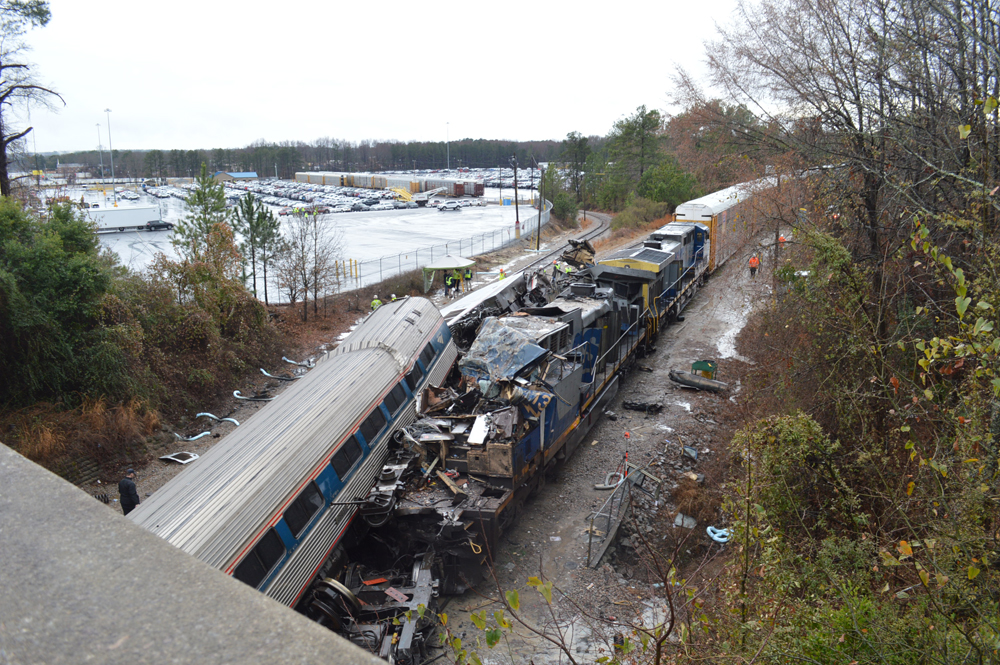
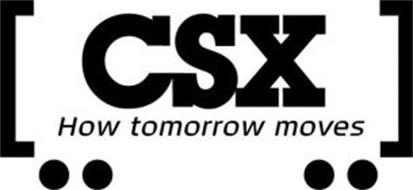
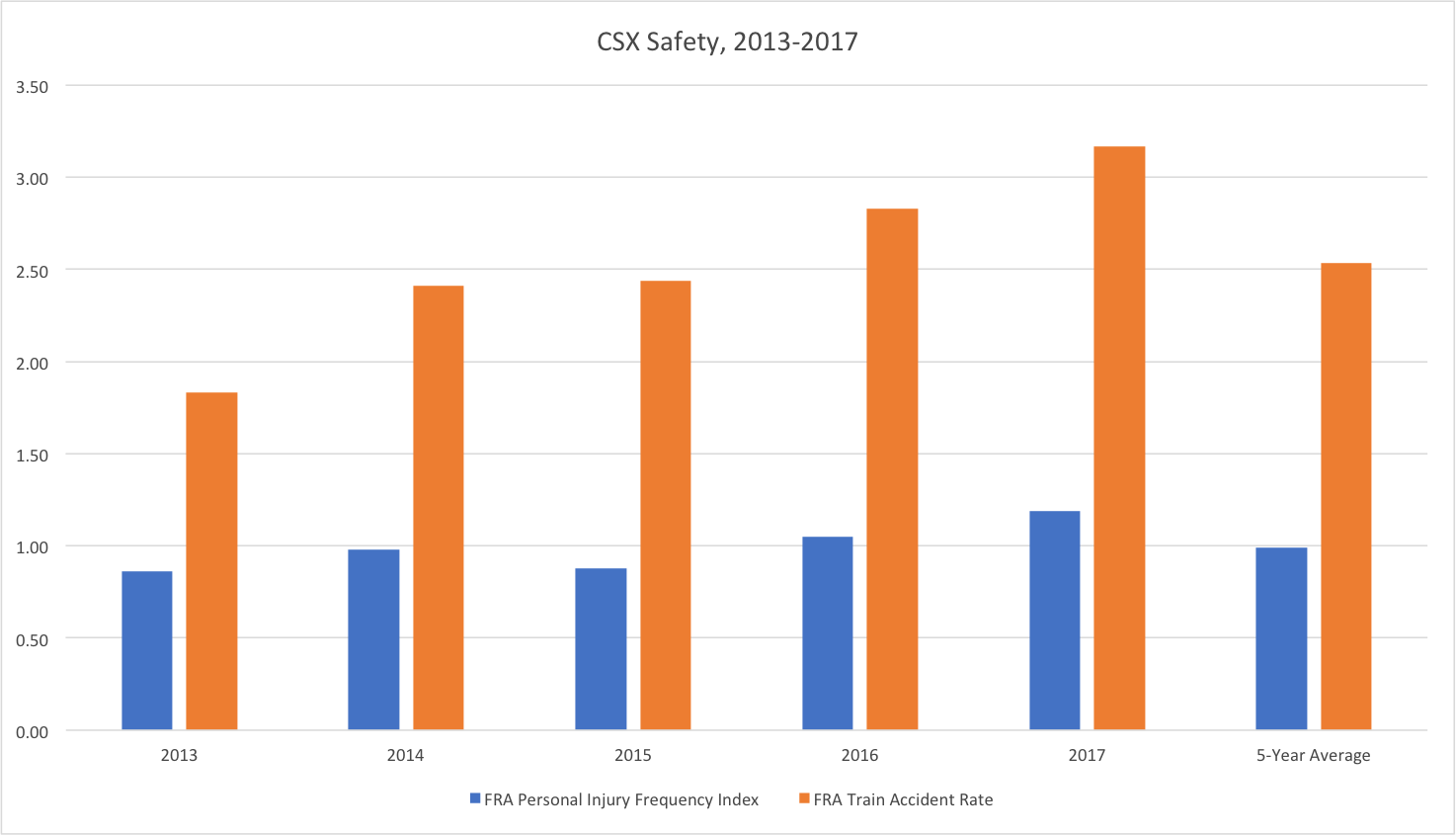
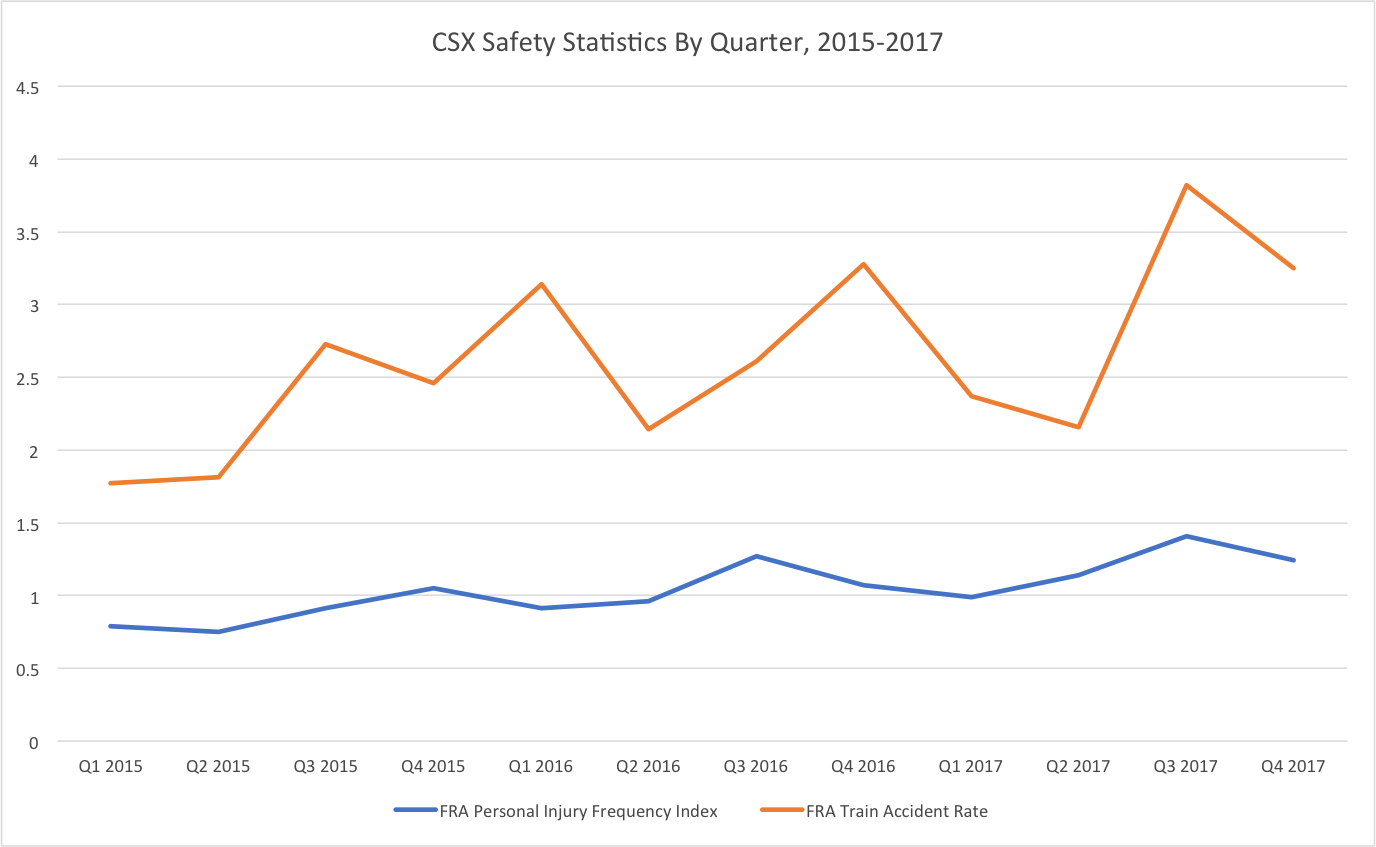

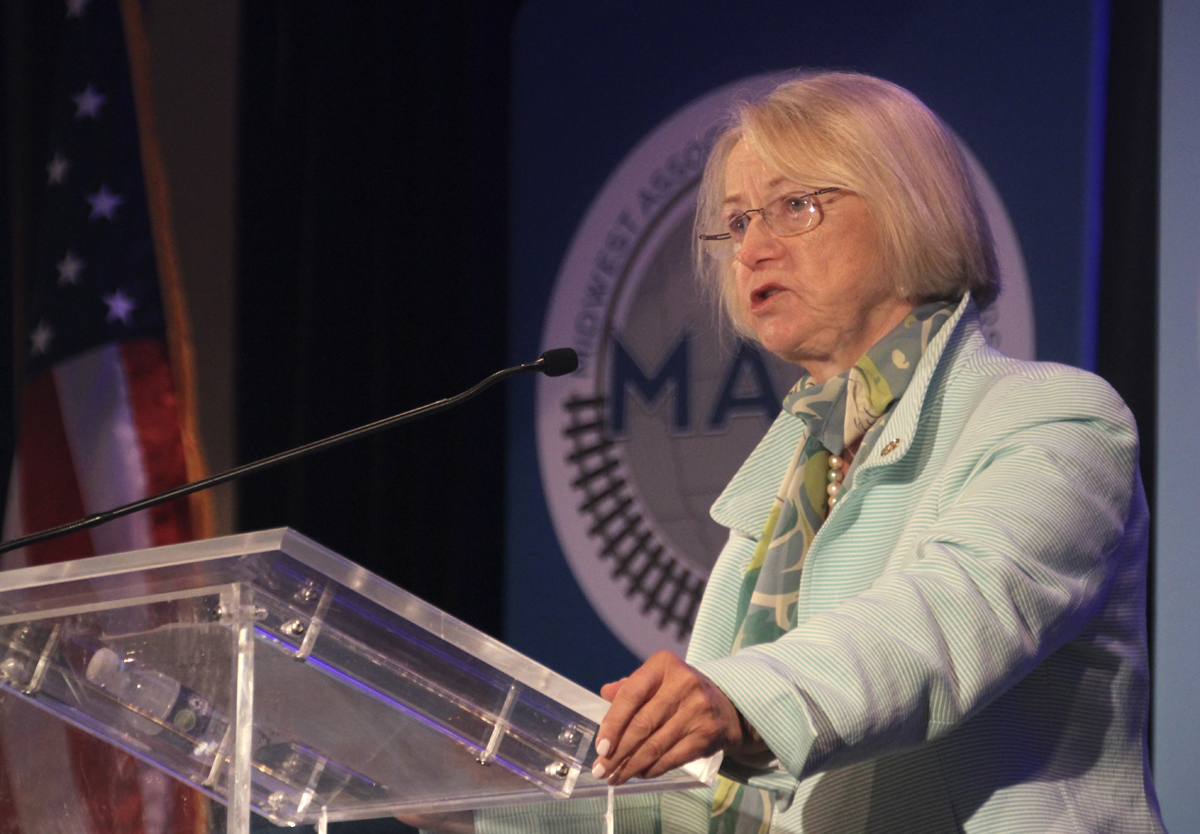

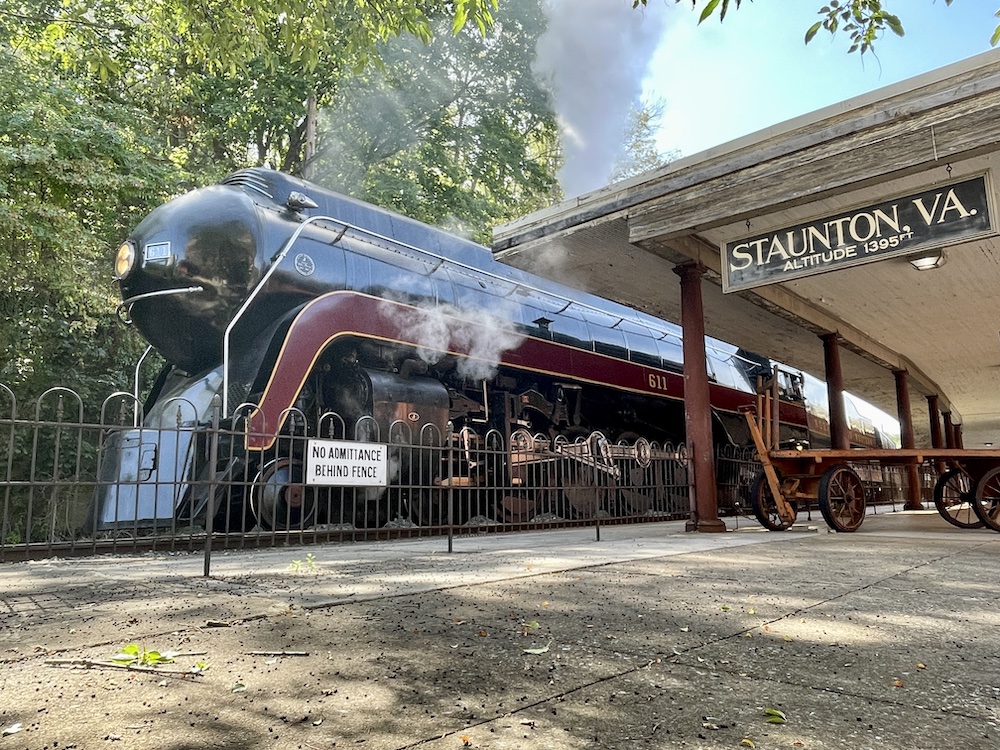
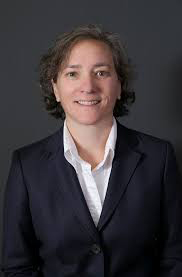




Safety is everyone’s issue. The culture is seems to be, that’s not my job.
Just remember folks the next time this happens, because of neglect, you maybe the person at the throttle and your love ones maybe the one grieving you loss.
Let’s think safety first and job cuts second CSX.
What a tragedy!
I don’t believe anything CSX says.
THE SWITCH AND THE DERAIL
IF THERE IS FAILURE TO RE-ALIGN THE SWITCH, THE CONDUCTOR IS AT FAULT.
IF THERE IS FAILURE TO RE-ALIGN THE DERAIL AND THE SWITCH, THE CONDUCTOR IS AT FAULT, AND THE RAILROAD HAS CREATED A VERY POOR SAFETY CULTURE.
FROM ALL THE REPORTS, THE CONDUCTOR FAILED TO RE-ALIGN THE SWITCH. IF THE DERAIL WAS LEFT IN THE OFF-POSITION, THEN THIS IS THE WAY IT WORKS:
WIDOWS AND ORPHANS RECEIVE A HUGE AMOUNT OF MONEY; IT DOES NOT REPLACE A GOOD AND LOVED AND NEEDED MAN IN THE HOUSEHOLD.
THE LAWYERS GET A CUT FOR THEIR SERVICES.
THE AMTRAK COMPTROLLER WRITES CSX A HUGE CHECK.
THE PEOPLE OF OUR COUNTRY WRITE AMTRAK A HUGE CHECK.
THE STOCKHOLDERS OF CSX HAVE BLOOD ON THEIR HANDS.
END OF STORY.
CSX is a MESS!!!! Well done hunter h.
All of you are correct in your assessments. CSX is one sick railroad. Continuing the Precision Scheduled Railroading, I wonder how many other employees are going to be overworked. I don’t think Foote and/or EHH gave/give a hoot about safety or customer service. The life blood of CSX continues to be sucked out of its collective soul if the railroad stays on the course EHH put the railroad on. Anyone can look at the stats and see that CSX has been going in the wrong direction for a while, but at least it had been stabilized by rational administrators prior to EHH. Looks like this current group is ready to jump off the cliff with everyone all holding hands.
Boy I sure am glad a 6 percent increase in injures at CP can be justified with the phrase “but it remained at the low end of the Class 1 systems.”
From all indications, Mr. Jim Foote is an intelligent manager and a pretty decent guy. Having said that, I believe that no one polluted by association to EHH should be allowed anywhere near Jacksonville. CSX is a blot on the railroad industry. It’s an embarrassment to the United States of America. This was a mediocre but redeemable railroad under Michael Ward. The minute the BoD handed the railroad over to EHH’s ego, there was no saving CSX. Put CSX into receivership under the guidance of managers brought in from UPRR, NS, BNSF, CN, CP and KCS. PS, I bet Cindy Sanborn misses Jacksonville like an abcess toothache
Someone at CSX (Mr. Foote, maybe) is going to have to admit they made a mistake and reverse some of these changes. I don’t see any other way for them to get out of this terrible situation. Franklin Roosevelt said that if something didn’t work, admit it frankly and try something else. Management keeps ignoring the truth that is so obvious to anyone paying attention and throws out these glowing, feel-goody, public statements that sound hollow. They come off like the statements made by the Soviets during the cold war.